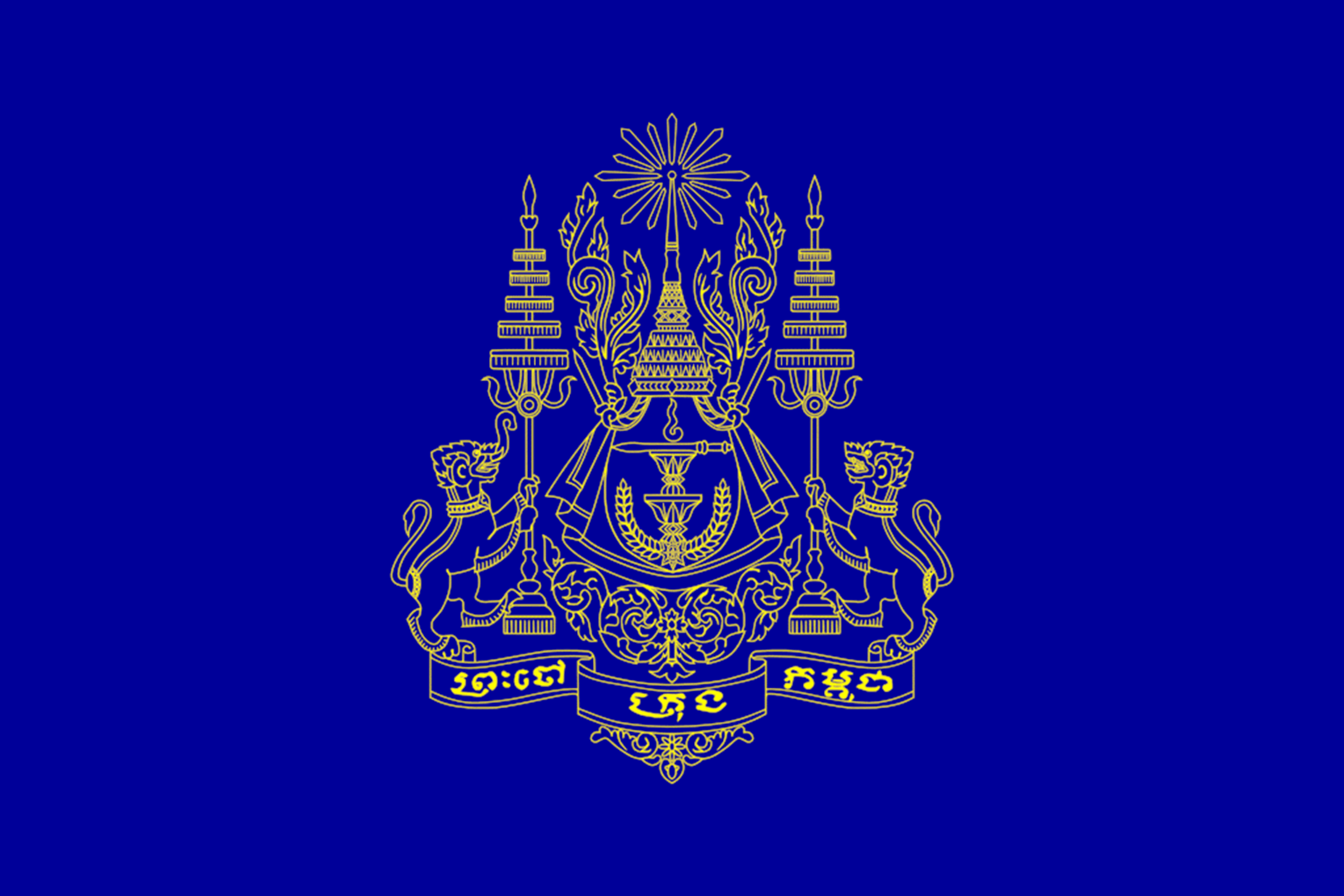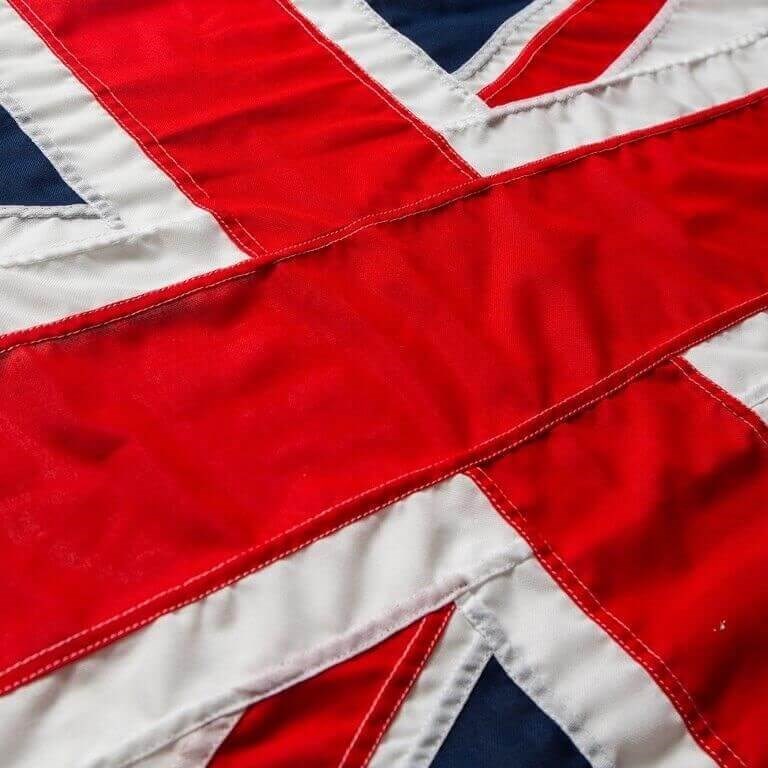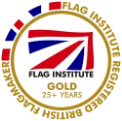Trivia
The symbol on the flag is the Angkor Wat, the largest religious monument in the world.
Technical Specifications
| Adopted | 1993 |
|---|---|
| Proportion | 2:3 |
| Design | A blue-red-blue horizontal triband with a white Angkor Wat in the centre. |
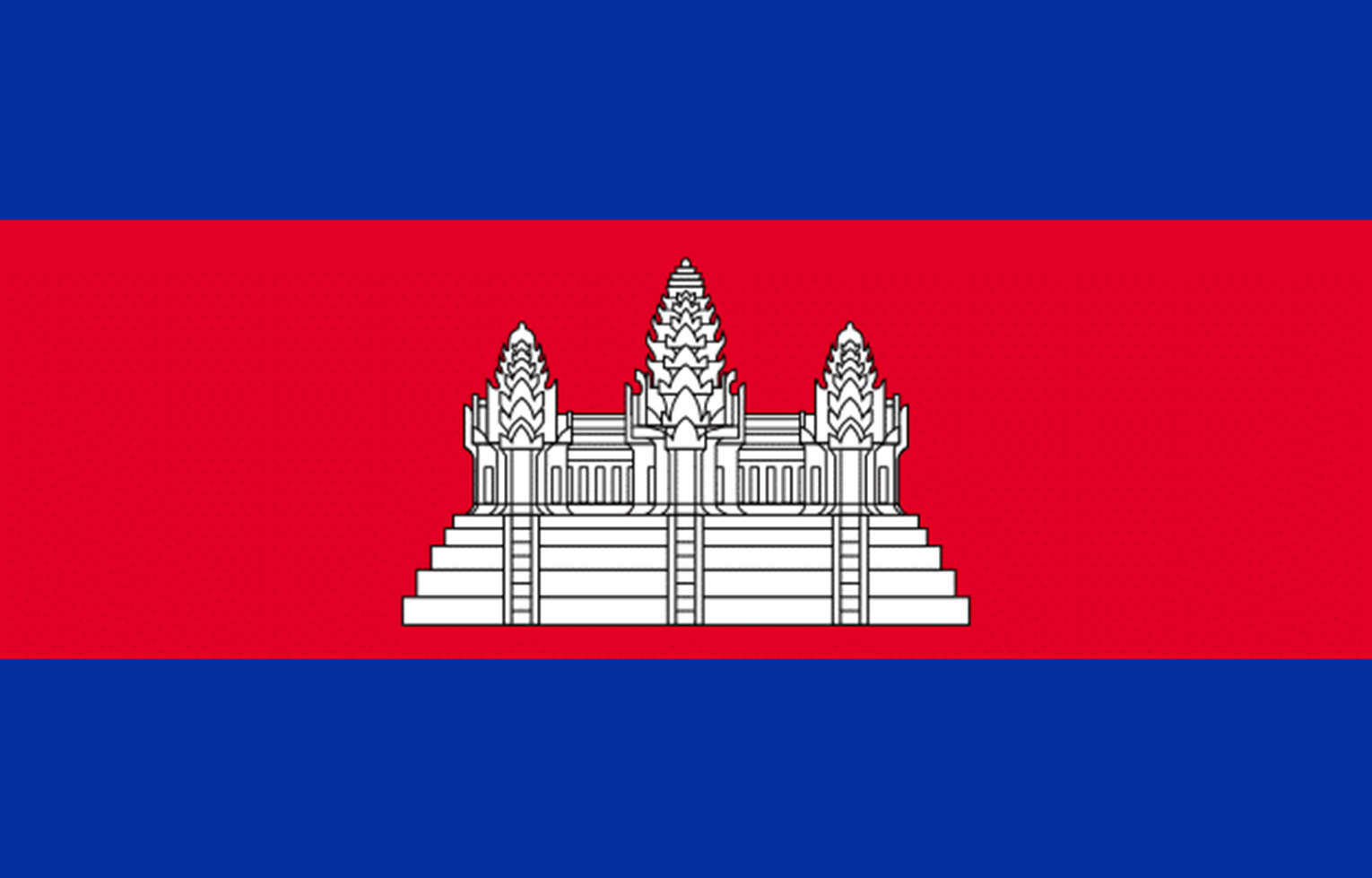
Brief History
Prior to 1863 the flag of the Kingdom of Cambodia was a yellow triangular pennant with a thick green border.
In 1863 the Kingdom of Cambodia was a colony under the protection of France. The flag adopted was a red field with thick blue border and a white depiction of Angkor Wat, a large temple, at the centre.
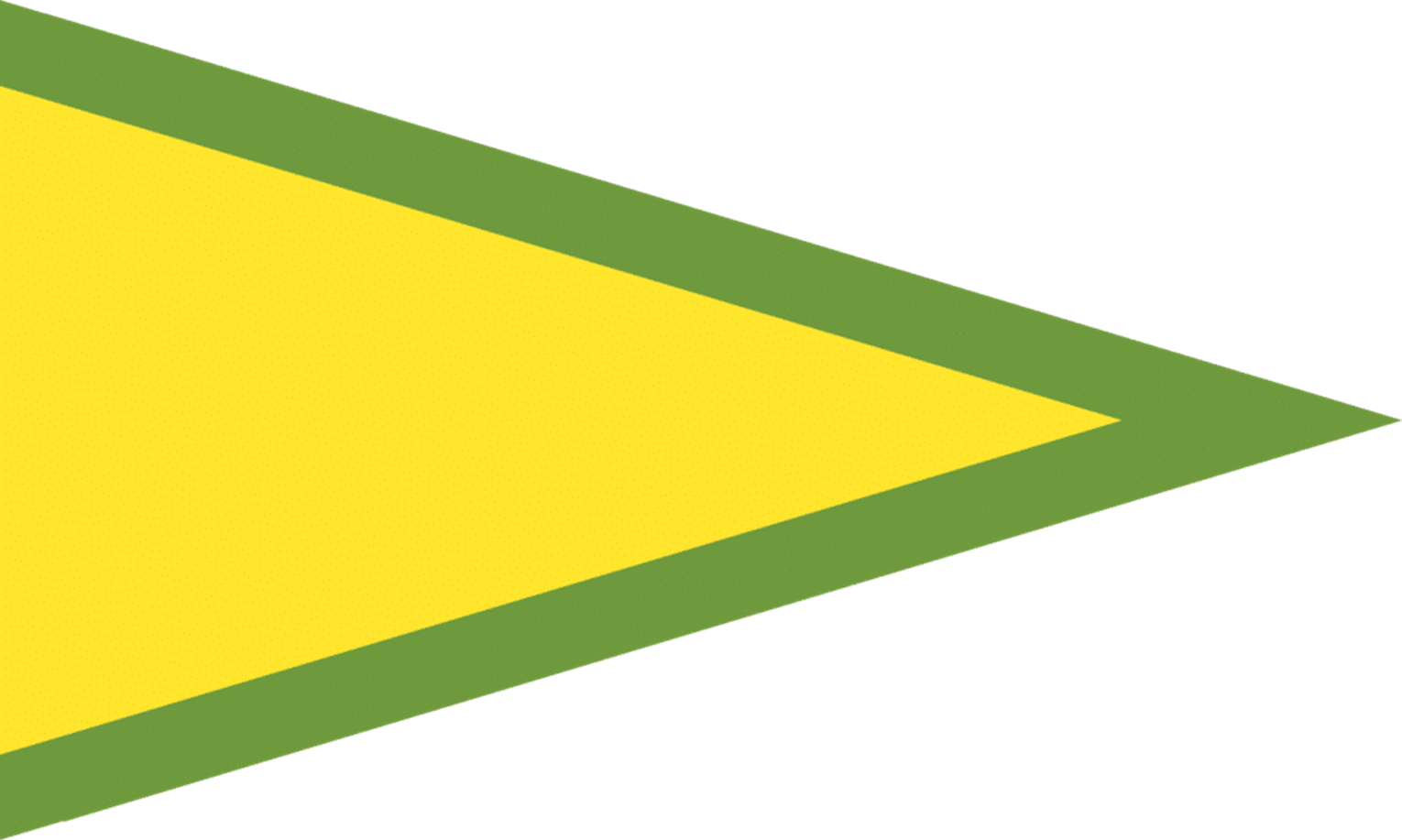
The Flag of the Kingdom of Cambodia (Pre-1863)
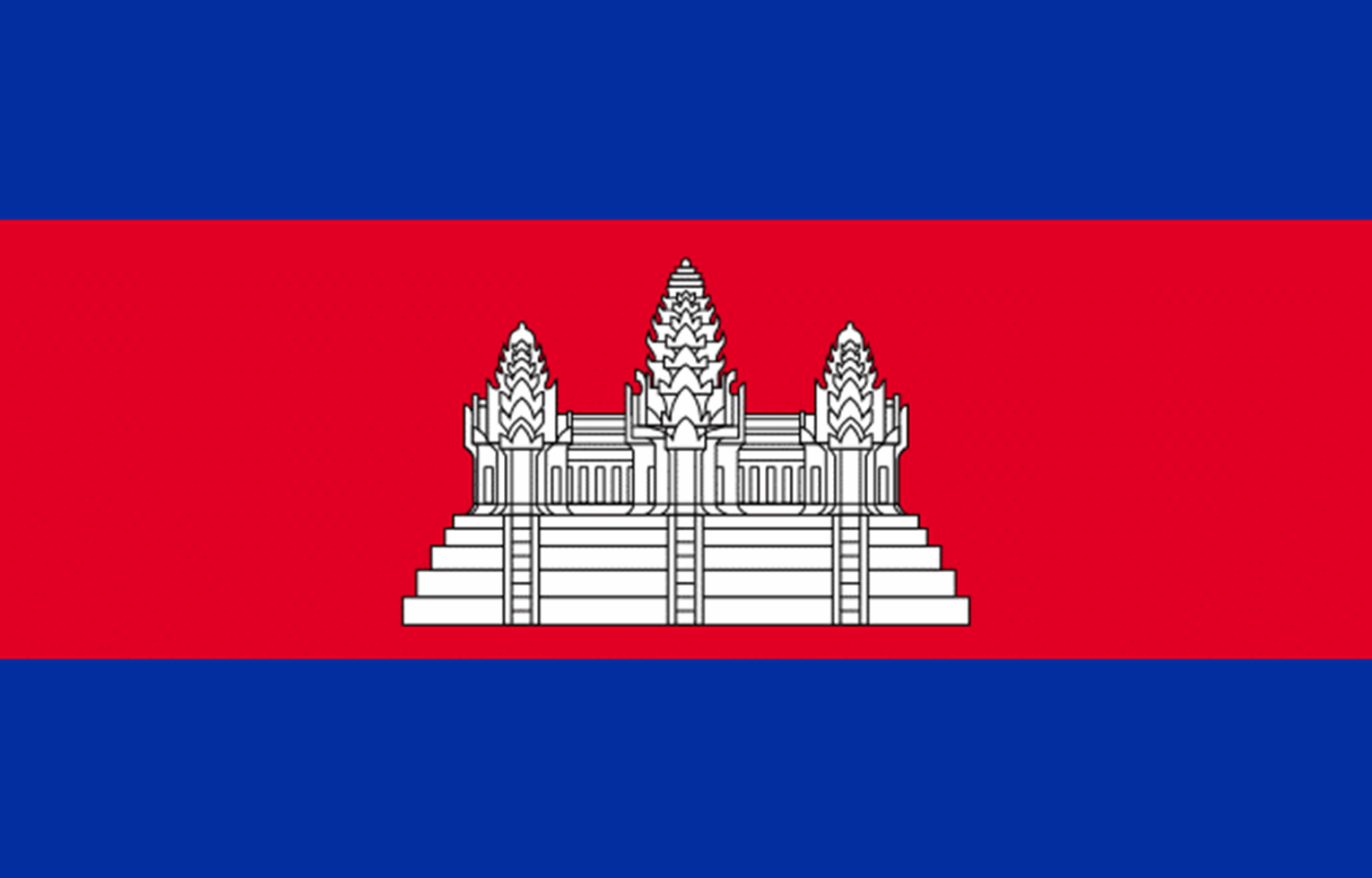
The Flag of the French Protectorate of Cambodia (1863 -1941) & (1945 – 1953)
French controlled Cambodia joined the Indochinese Federation with Tonkin, Annam, Cochinchina in 1887. The flag of Cambodia remained the same but the French tricolour flag was flown to represent the union.
In the March of 1941 the Japanese took control of Cambodia and adopted a flag that featured a red field with an outline of a square with a smaller white squares in the centre and each corner. When the Japanese surrendered in 1945 the flag reverted back to that of the French Protectorate.
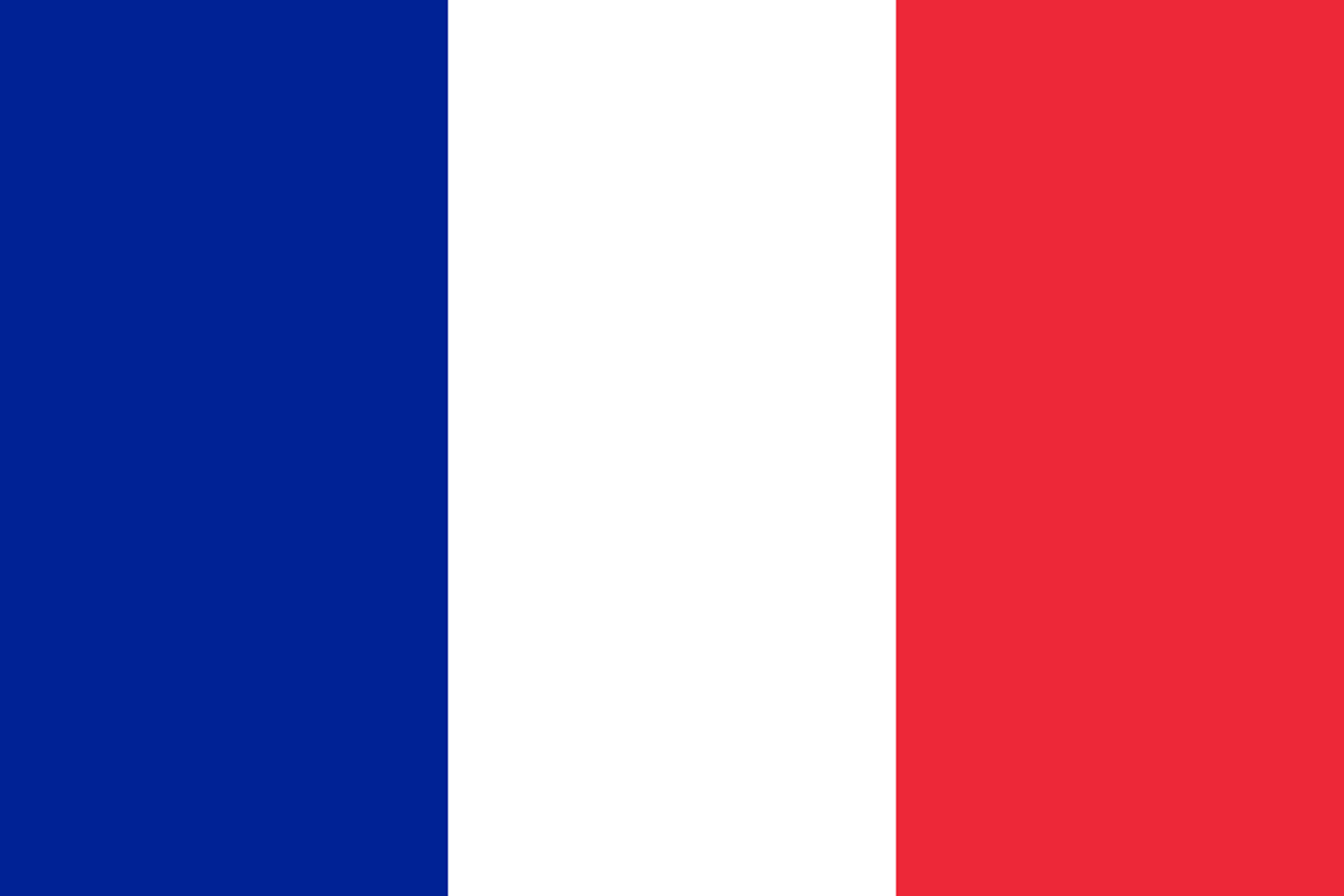
The Flag of the Indochinese Federation (1887 – 1954)
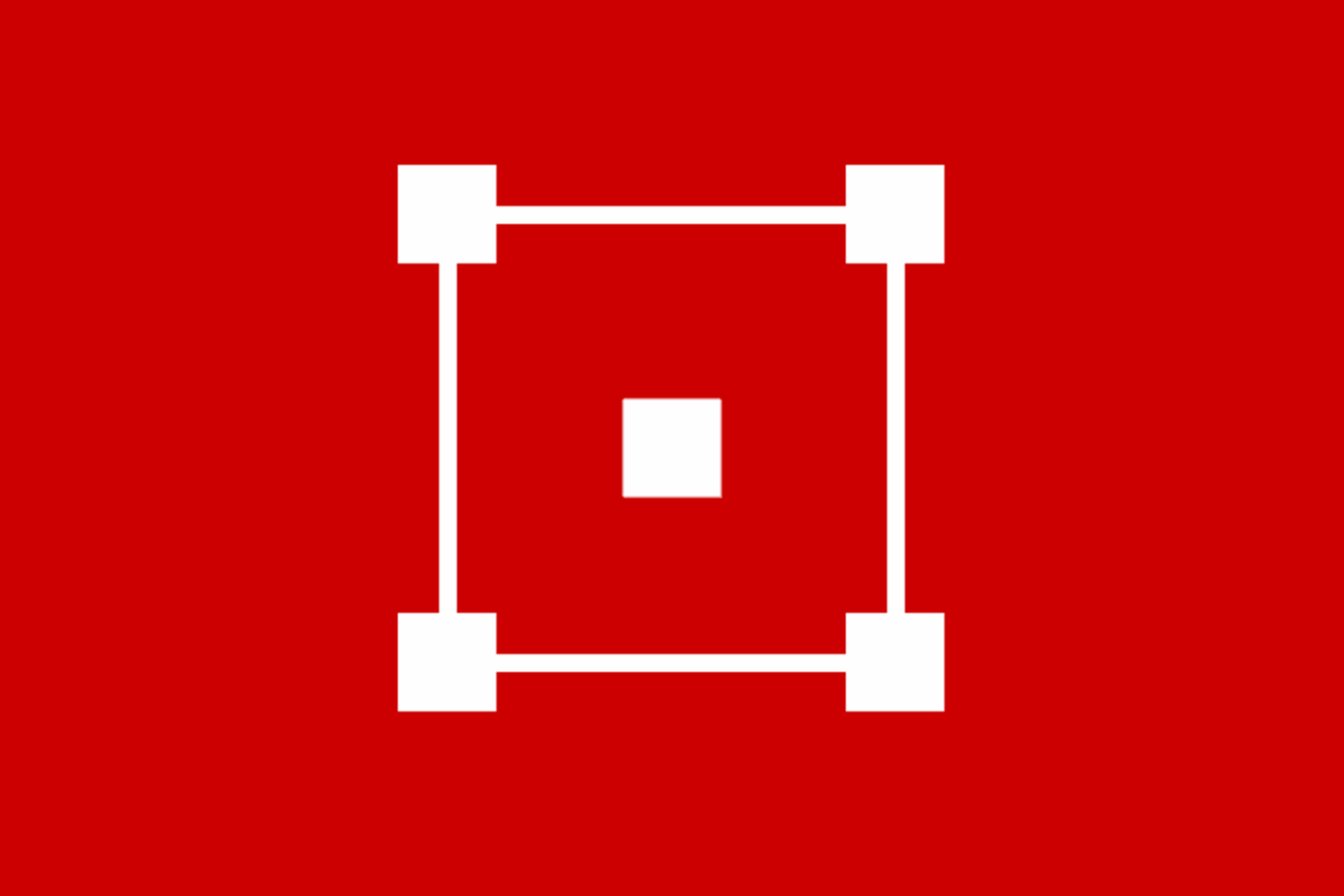
The Flag of Japanese-Occupied Cambodia (1941-1945)
When Cambodia gained independence from France in 1953 a new flag similar to the previous was adopted. It featured the white Angkor Wat on a red background with a blue band on the top and bottom.
In 1970 a military led coup brought a republican government and the country became the Khmer Republic. The flag was changed to a blue field with three white five-pointed stars in the top right corner and a red rectangle with white Angkor Wat in the top left corner.

The Flag of the Kingdom of Cambodia (1953 – 1970)
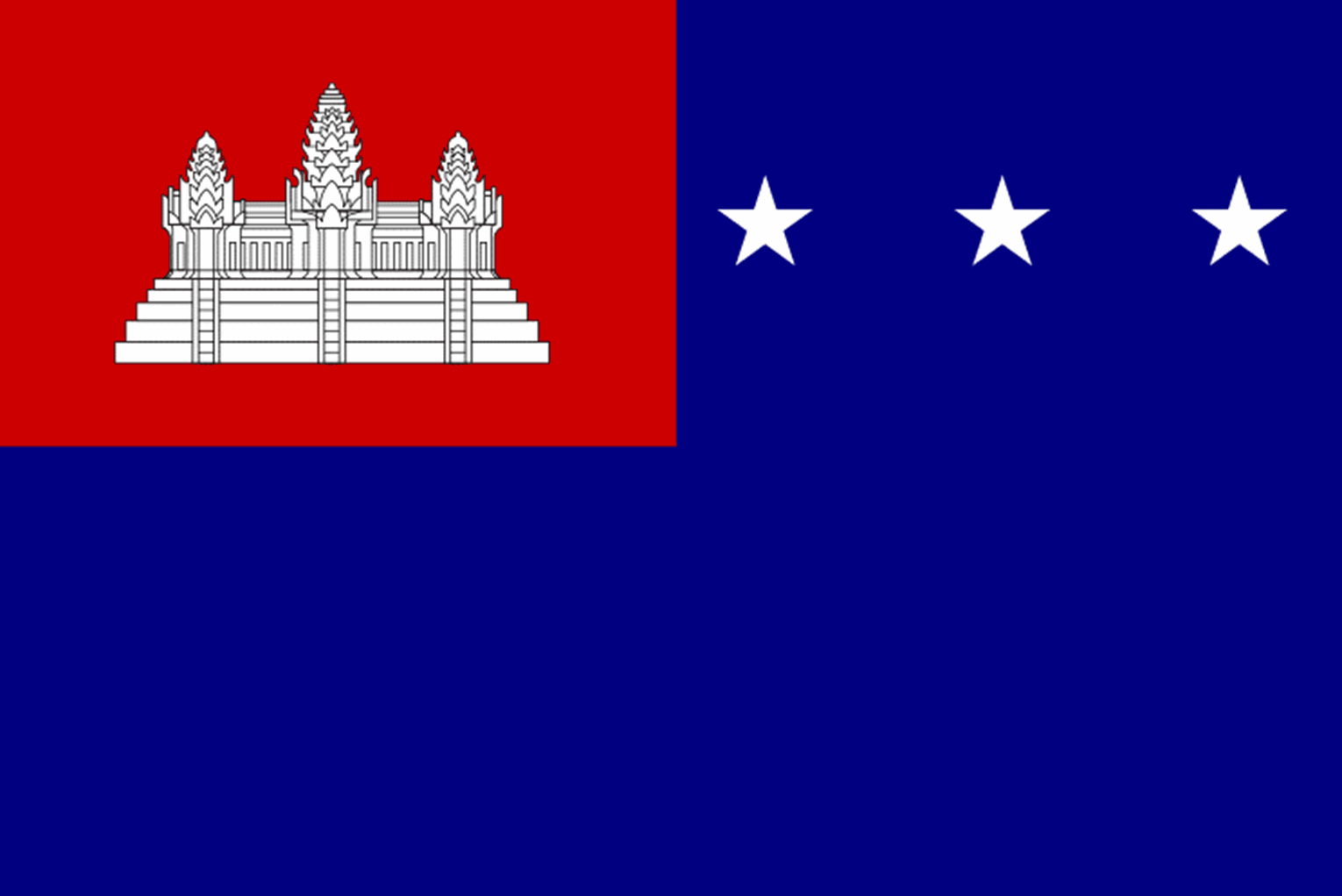
The Flag of the Khmer Republic (1970 – 1975)
The Khmer Rouge established control of Khmer Republic in 1975 renaming the country Democratic Kampuchea. A plain red flag with yellow three-towered monument similar to the Angkor Wat was adopted as the national flag.
After the Vietnamese invasion of Cambodia 1979 the Salvation Front took power creating the People’s Republic of Kampuchea. The flag adopted was the plain red field with five towered m yellow monument similar to the Angkor Wat in the centre.
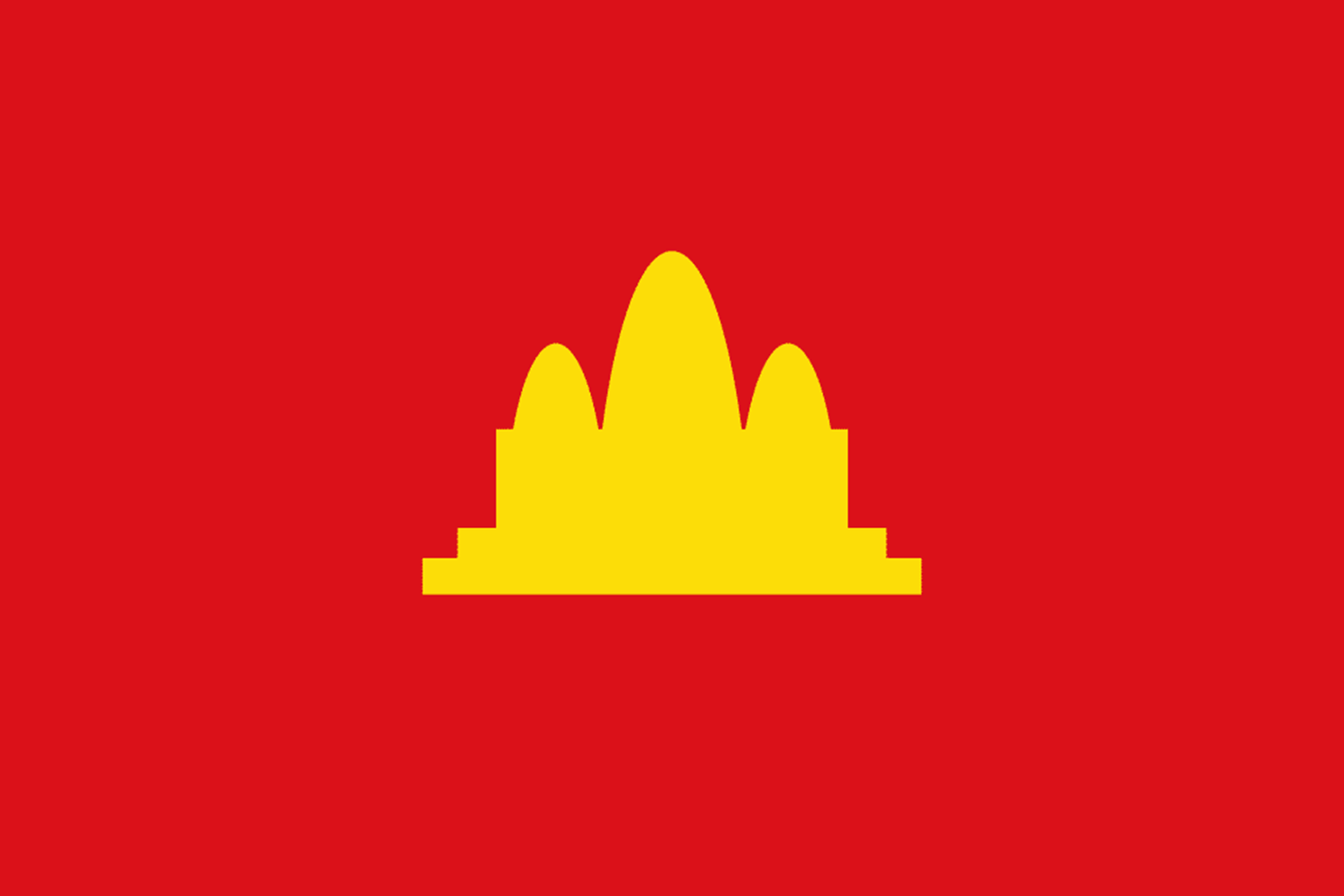
The Flag of Democratic Kampuchea (1975 – 1979)
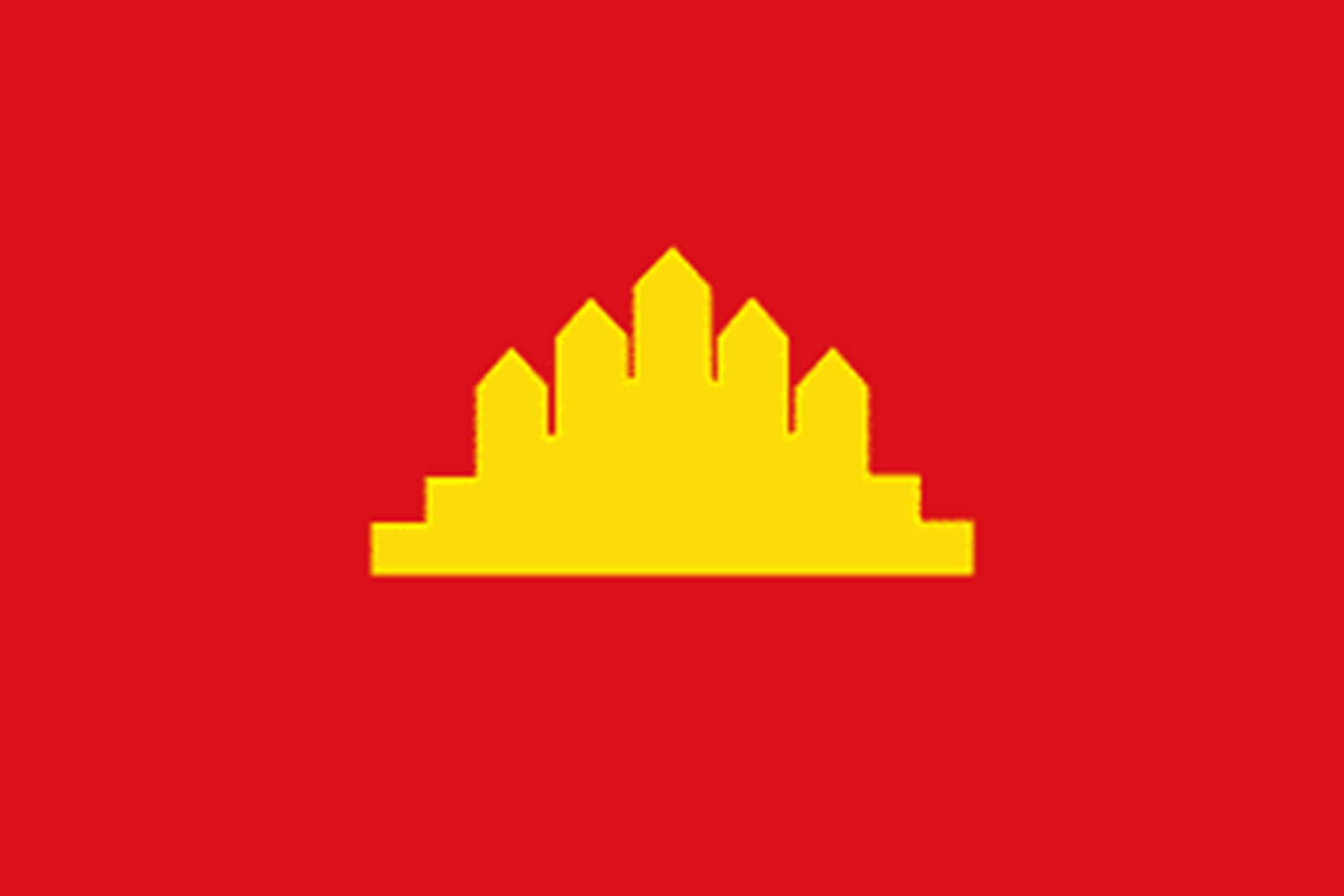
The Flag of the People’s Republic of Kampuchea (1979 – 1989)
In 1989 the country became the State of Cambodia and the flag became a red-blue horizontal bicolour with a more ornate yellow depiction of Angkor Wat at the centre.
The United Nations took over administration of Cambodia in 1992 to bring peace to the country. The flag of the United Nations Transitional Authority was the sky blue field of the United Nations with a white map of country in the centre with blue text at the centre.
In 1993 the original blue-red-blue horizontal triband with white three-towered Angkor Wat at the centre was adopted.
Each element of the flag has a specific meaning. The red symbolised bravery, blue for liberty and cooperation, the Angkor Wat symbolises integrity and heritage.
The Coat of Arms of Cambodia
The Coat of Arms of Cambodia was adopted in 1993. It features a light blue field with Unalome sign and two stacked phan. Above is a royal crown with shining diamond and at either side is an animal holding a royal umbrella. Below is a banner stating “RULER OF THE KINGDOM OF CAMBODIA”.

The Historical Coat of Arms of Cambodia
Here are some examples of the Historical Coat of Arms of Egypt.
The Logos of the Armed Forces of Cambodia
The logo of the Royal Cambodian Armed Force features a figure holding a sword on a blue background with a royal crown above.
The logo of the Royal Cambodian Army features the outline of Angkor Wat with crossed gun and sword behind surrounded by a laurel wreath and royal crown above.
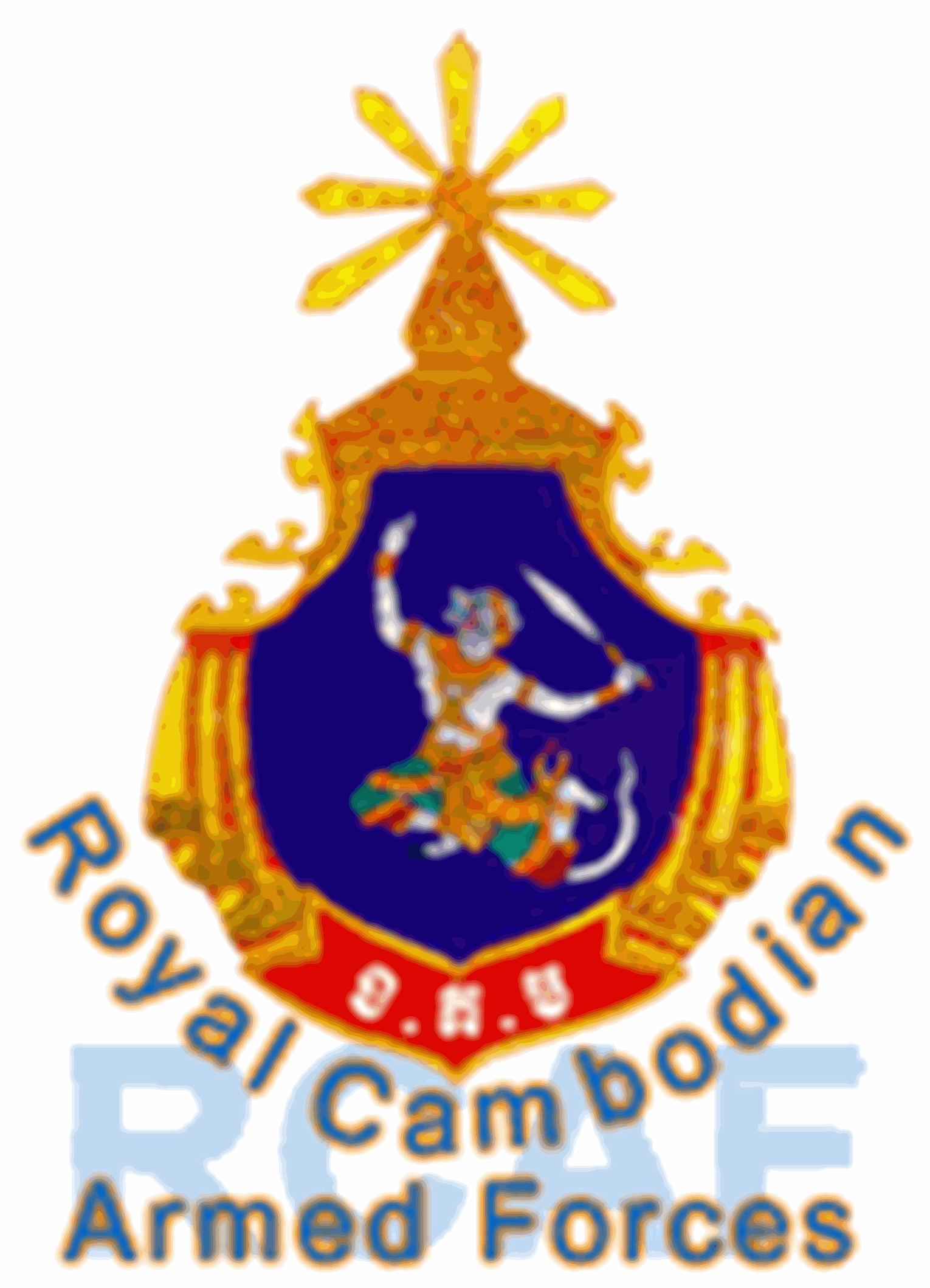
The Logo of the Royal Cambodian Armed Forces
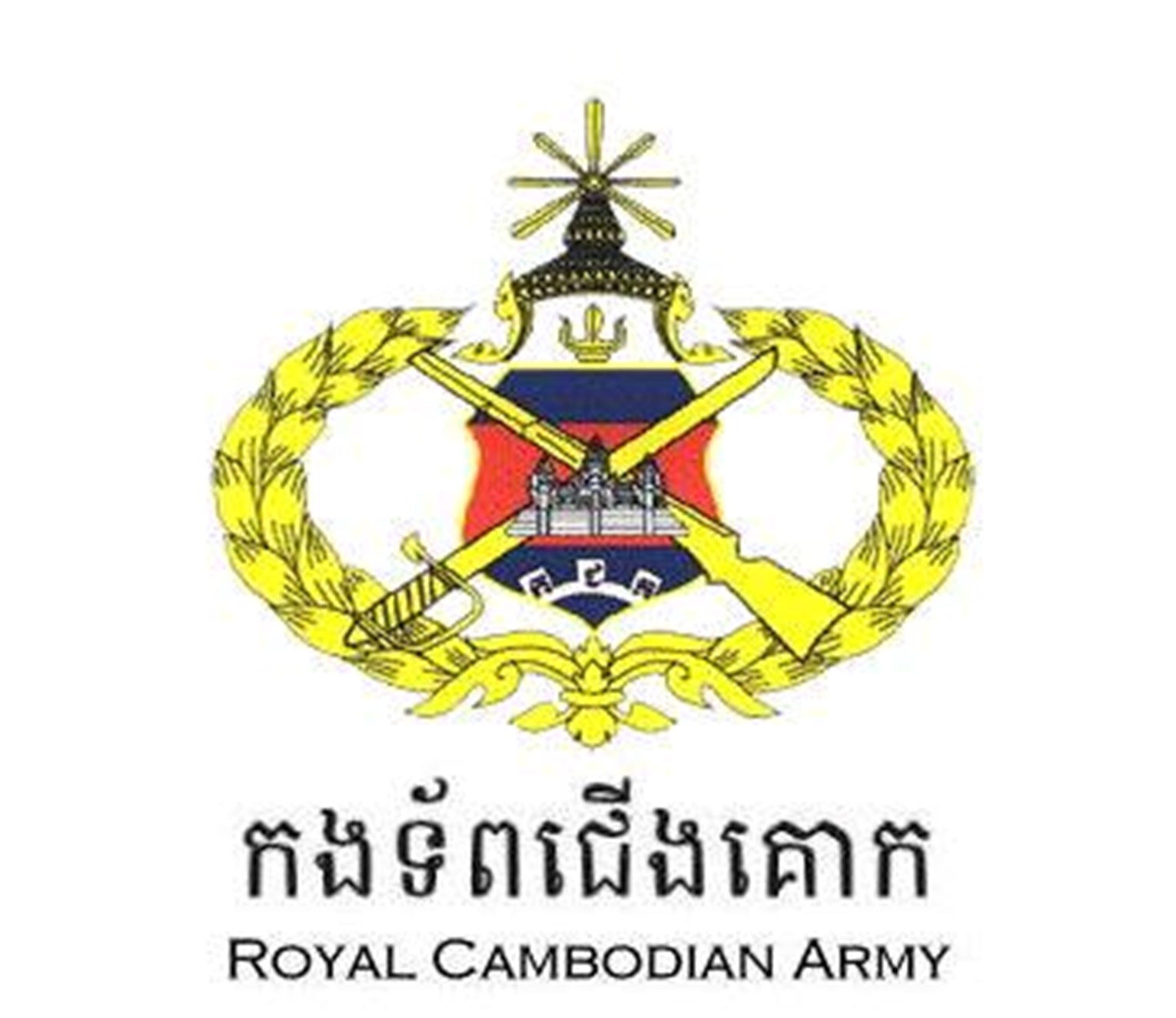
The Logo of the Royal Cambodian Army
The Royal Standard of Cambodia
The Royal Standard of Cambodia features a plain dark blue field with gold outline of the national coat of arms.
